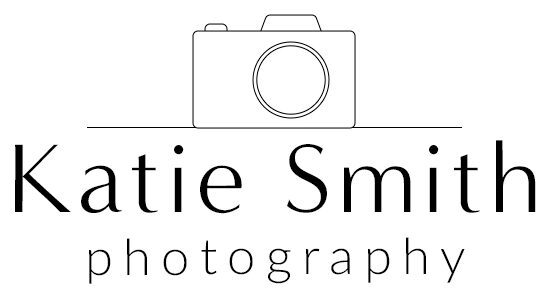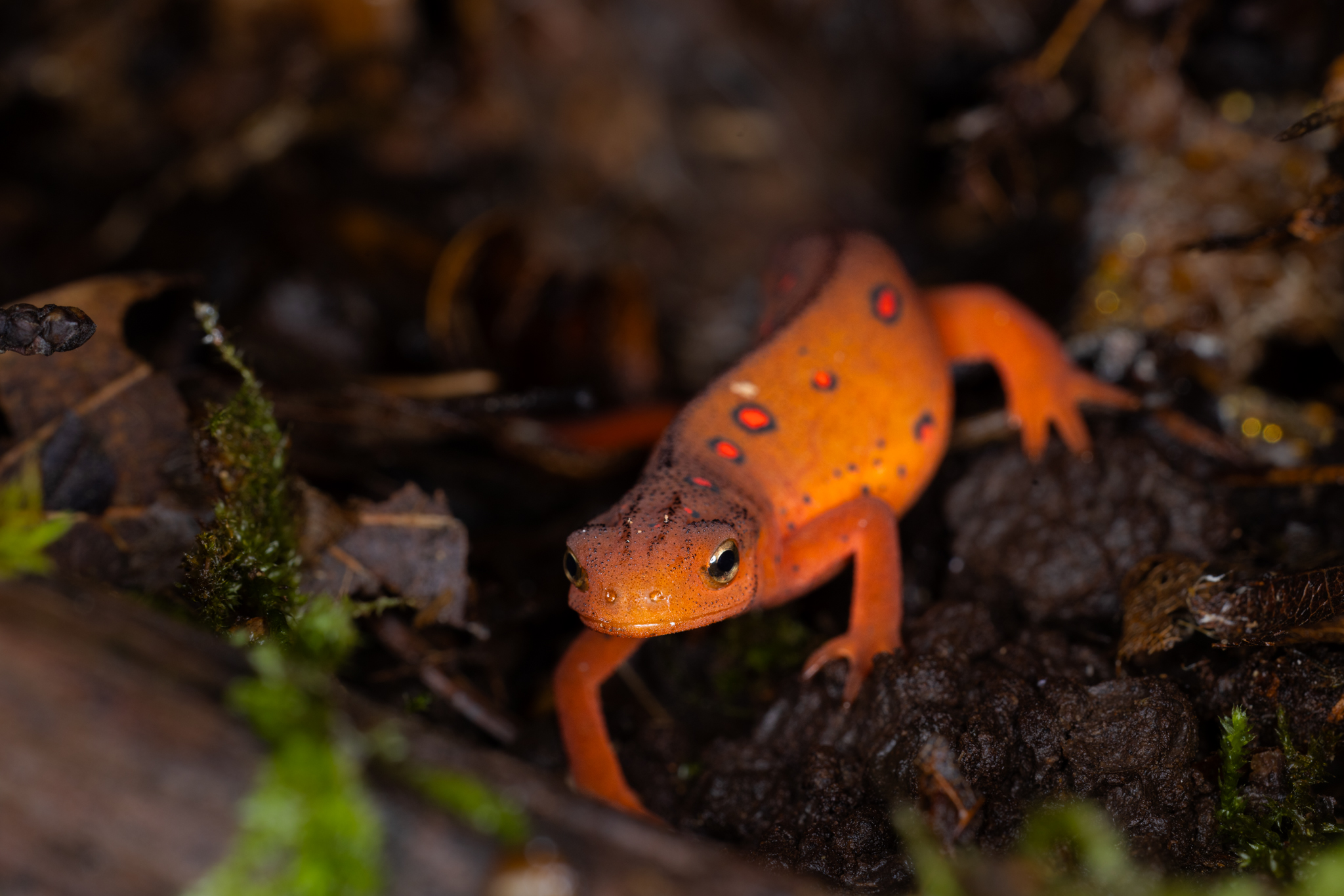
My Journey With Macro Photography
Blogging consistently is tough. I recently joined a blog circle, which takes the guesswork out of what to post by giving me a prompt. This week’s theme- landscape photography– didn’t resonate with me. While I admire gorgeous scenery, I’ve never been much of a traveler, and the landscapes I do capture are usually taken out a car window as we were cruising down the highway. But that got me thinking… I may not chase grand views, but I do love getting up close and personal with the tiniest details most people overlook.
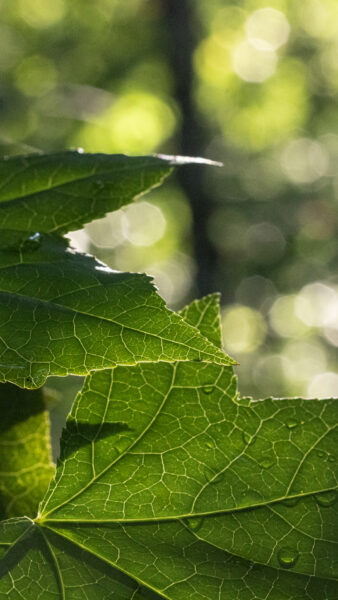
My love for macro photography actually started during the pandemic. Like so many people, I found myself bored and stressed. I couldn’t go out, couldn’t photograph people, and needed a creative outlet that I could do in my backyard. That’s when I started noticing the beauty right in front of me: dew on blades of grass, the first bees of spring, and the textures in leaves and petals. With all the uncertainty around me, focusing on these tiny things brought peace into my life.
At first, I rented the Canon 100mm f/2.8L IS Macro lens. The image stabilization, crisp detail, and dreamy background blur made every tiny subject feel magical. That lens quickly went to the top of my wishlist, and I was thrilled to finally receive it as a Christmas gift last year.
Since then, macro photography has become one of my favorite personal projects. I love how it makes you slow down and look closer. It turns ordinary things into something extraordinary.
If you’re curious about trying macro photography yourself, here are a few beginner-friendly tips—whether you have a fancy camera or just a phone:
Macro Photography with a Phone
- Use your phone’s macro or portrait mode. Many newer phones have a macro setting built-in. If yours doesn’t, portrait mode often creates a similar effect with soft background blur.
- Get close, but not too close. Phones have a minimum focusing distance. If you get too close, it’ll just blur out.
- Tap to focus. This seems obvious, but tapping your subject tells the camera exactly what to sharpen.
- Use natural light. Morning and late afternoon give beautiful soft light. Overcast days are also great to avoid harsh shadows. If you’re photographing bugs, they’re more still in the morning.
- Keep your hands steady. Rest your phone on something solid, or use a mini tripod for stability.
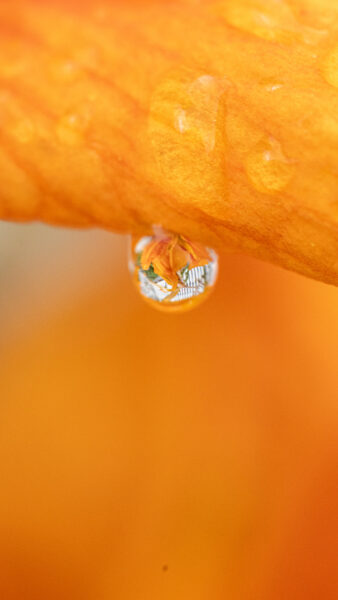
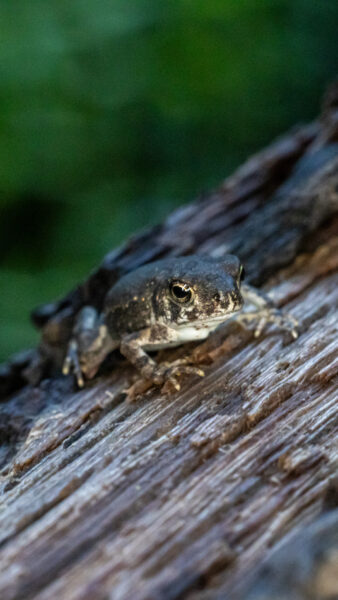
Macro Photography with a Camera
- Use manual focus. Autofocus can struggle with small subjects, especially if there’s any breeze.
- Stop down to f/8 or f/11 to get more in more in focus. I love shooting wide open but when it comes to macro photography, I want more than just a tip of an antennae in focus.
- Look for patterns and textures. You don’t need a fancy flower—moss, bark, or even peeling paint can make incredible subjects.
- Be patient. The wind will blow, the bug will fly away, and that’s okay. It’s part of the fun.
Even though I may not be chasing mountain views or desert sunsets, I’ve found a world of wonder in a single leaf or a curious little insect. Macro photography reminds me that beauty doesn’t have to be big—it just has to be noticed.
